Since ancient times, it was thought that painful stomach ulcers were caused by eating spicy foods or having an unhealthy diet. But since then, researchers have found that Helicobacter pylori—a common bacterium found in over 60% of…
Category: 6. Health
-
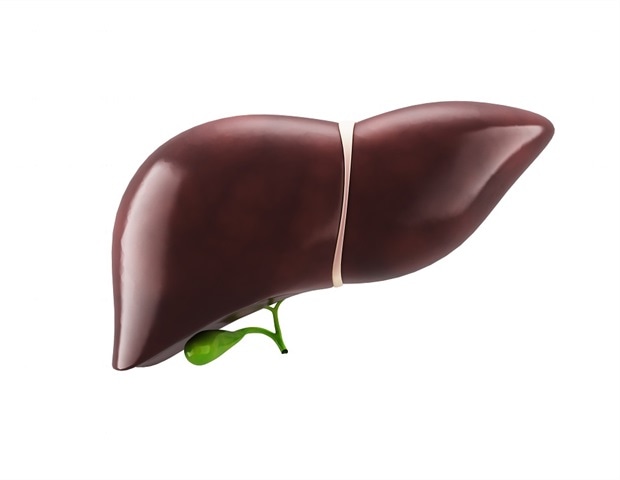
Combination strategy may optimize interferon-based therapy for chronic hepatitis B
Background and objectives
Peginterferon-α treatment exhibits low rates of the serological conversion rate of hepatitis B e antigen (HBeAg) and the negative conversion rate of hepatitis B virus (HBV) DNA, with significant…
Continue Reading
-
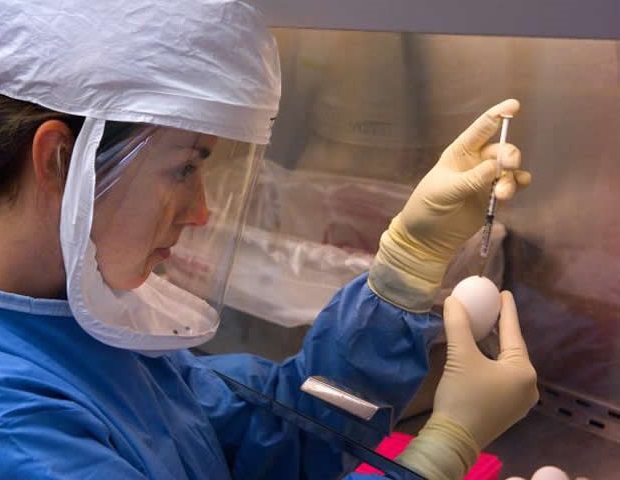
New model tracks disease spread through daily commuting
For countless millions across the globe, commuting to work or school is an everyday routine. But during a pandemic, the practice can contribute enormously to the spread of infectious disease, a fact that many traditional…
Continue Reading
-
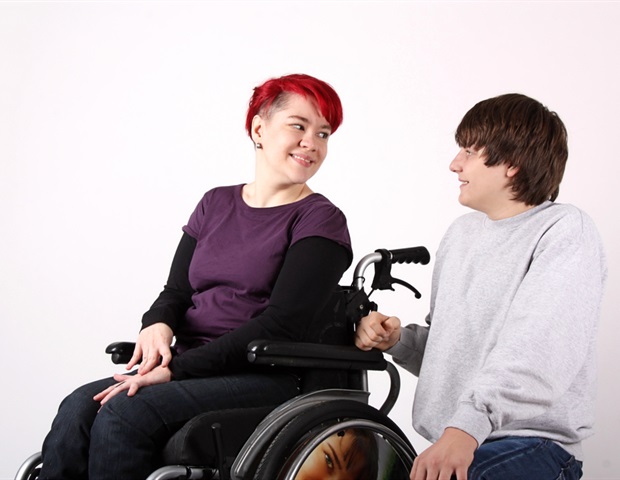
Estradiol and estriol may protect nerve function in multiple sclerosis
About 100,000 of the estimated million people in the United States with multiple sclerosis (MS) have a progressive form of the disease, with symptoms that worsen continuously or after periods of remission.
“Progressive MS is…
Continue Reading
-
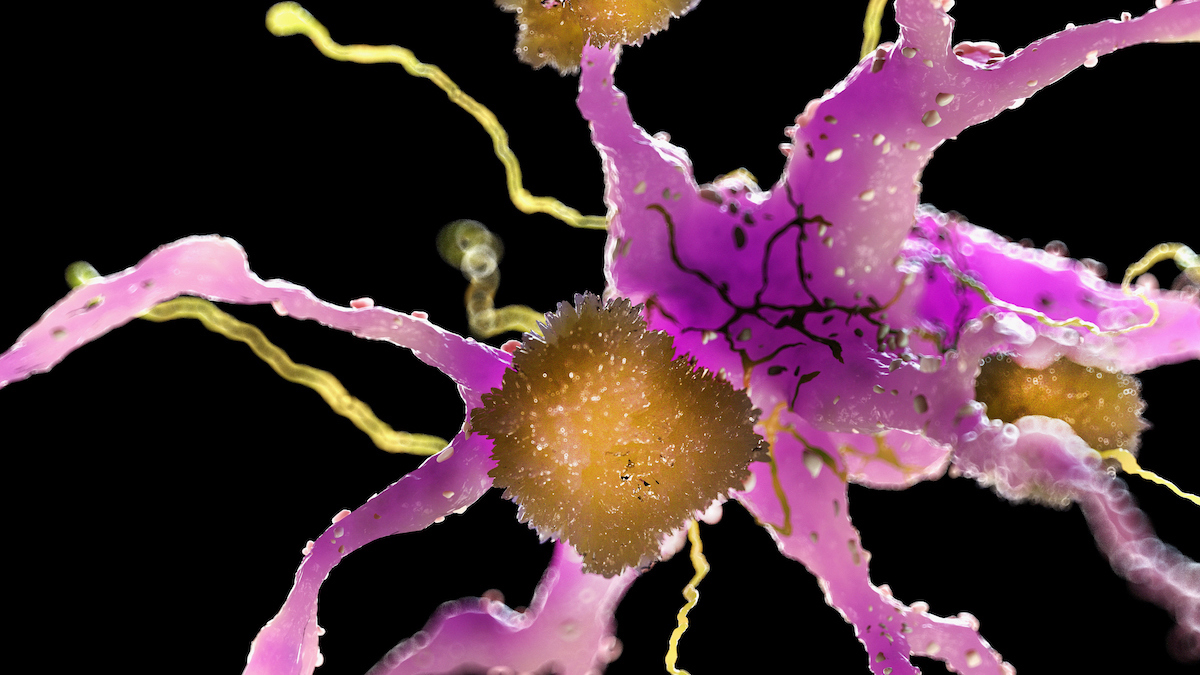
New Alzheimer’s Treatment Clears Plaques From Brains of Mice Within Hours : ScienceAlert
Scientists have repaired a natural gateway into the brains of mice, allowing the clumps and tangles associated with Alzheimer’s disease to be swept away.
After just three drug injections, mice with certain genes that mimic Alzheimer’s showed…
Continue Reading
-
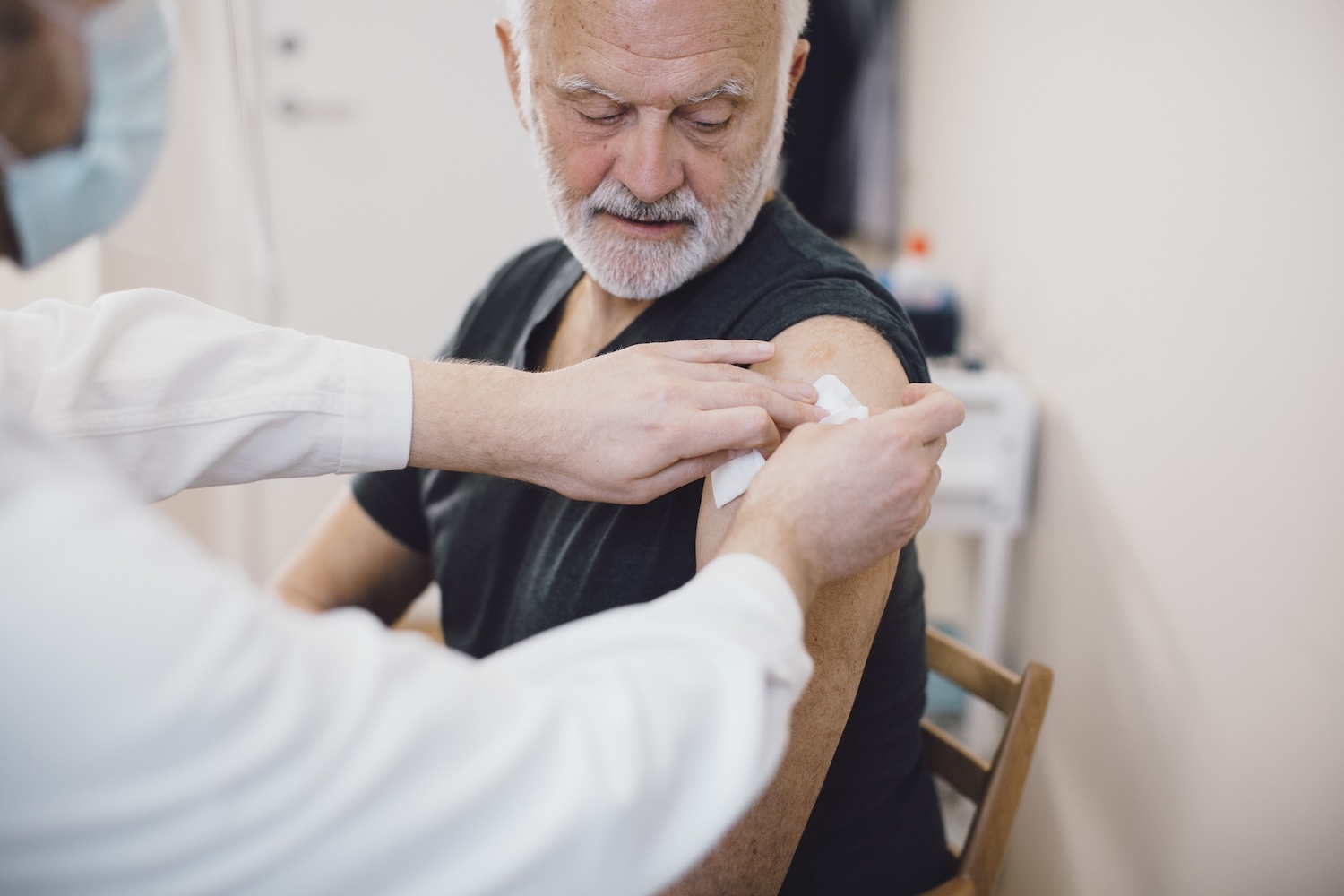
Sweden struggling to balance new COVID-19 vaccine strategy with public finances
Sweden has diverged from several European peers in its autumn COVID-19 vaccination strategy, prompting criticism from medical experts and raising questions about the balance between public health and fiscal prudence.
As transmission rates remain…
Continue Reading
-
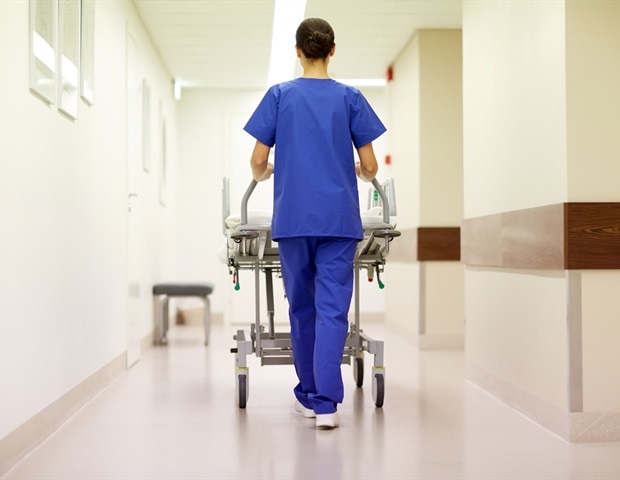
New composite sponge offers rapid and safe control of surgical hemorrhage
Uncontrolled bleeding during surgery remains one of the deadliest medical emergencies. Injuries to internal organs such as the liver or spleen are especially dangerous because bleeding is difficult to control and often…
Continue Reading
-
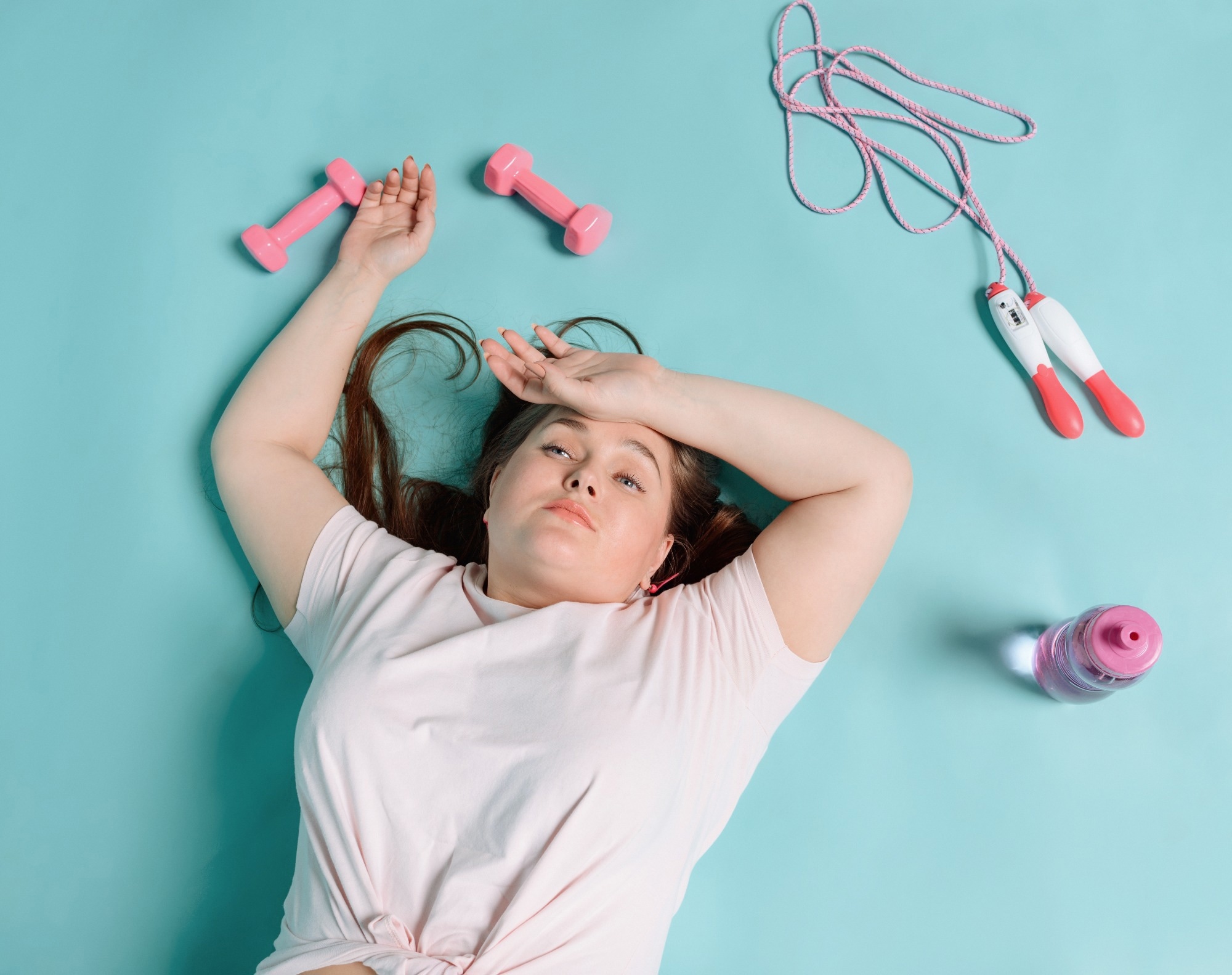
Why improving LE8 scores could save young adults from diabetes
Young adults who upheld healthier LE8 habits, especially weight control, activity, and sleep, were far more likely to reverse prediabetes, revealing a critical chance to halt diabetes before it begins.
Study: Life’s essential 8…
Continue Reading
-
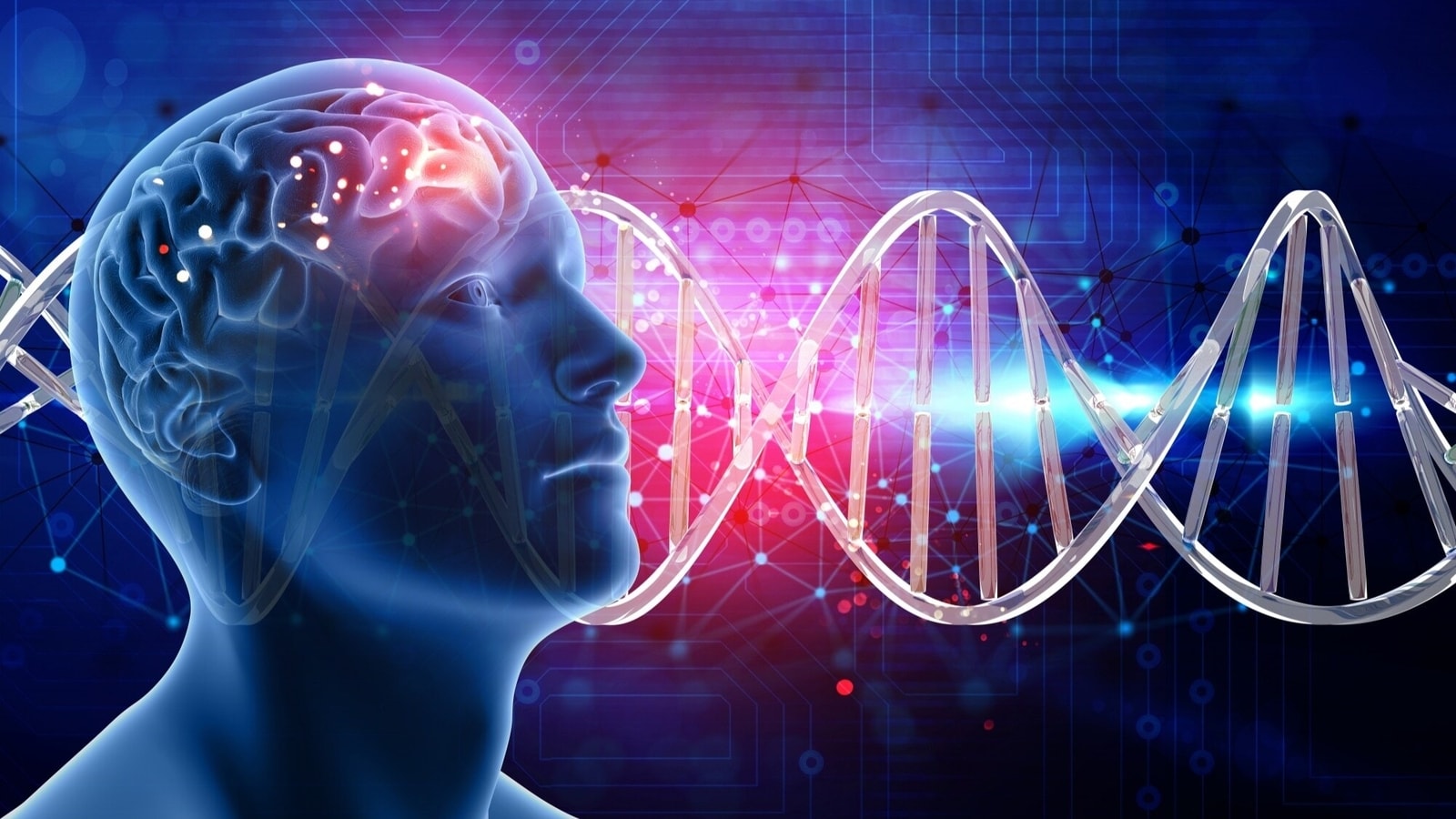
Cardiologist, neurologist explain how heart and brain health influence each other: ‘they are an nseparable pair…’
Brain and heart often lock horns in daily life; figuratively, logic and emotion are always at odds. But in reality, your brain and heart are often in agreement with one another. These vital organs influence each other’s functions in more ways…
Continue Reading
-

Discovery of CPD gene mutations sheds light on rare congenital hearing loss
Mutations in a gene known as CPD play a crucial role in a rare form of congenital hearing loss, an international team of researchers has discovered. Scientists from the University of Chicago, the University of Miami, and several…
Continue Reading
